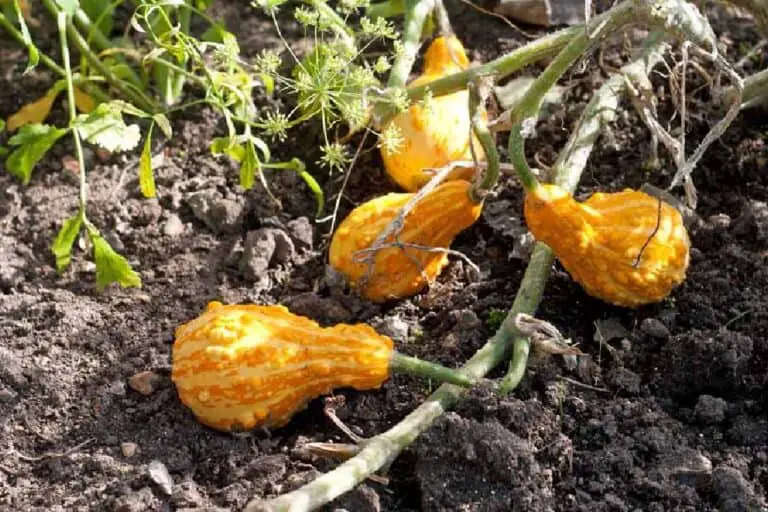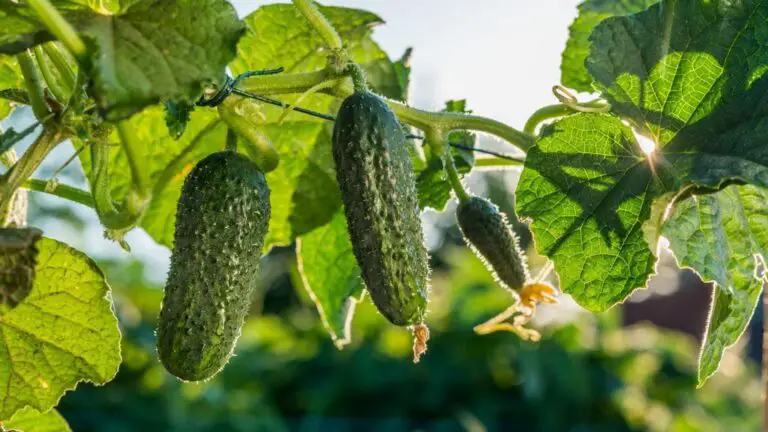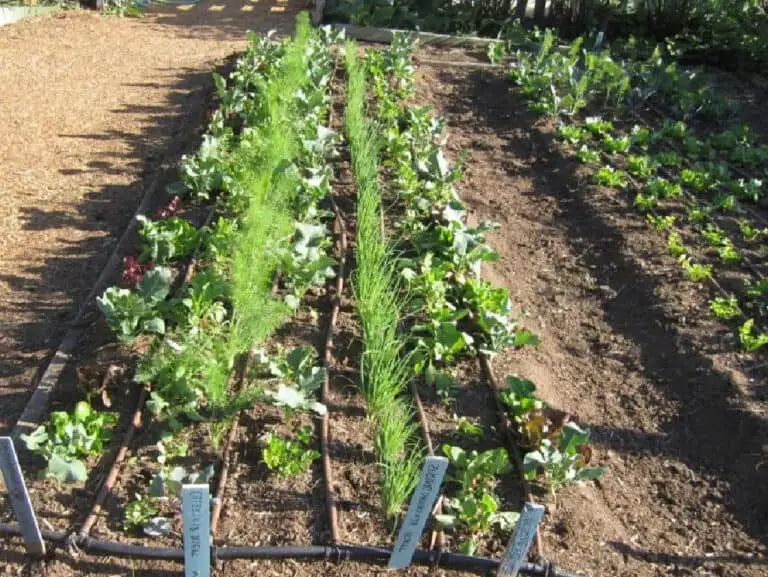Do I Need to Plant Zucchini Seeds Up or Down? Seeds Orientation
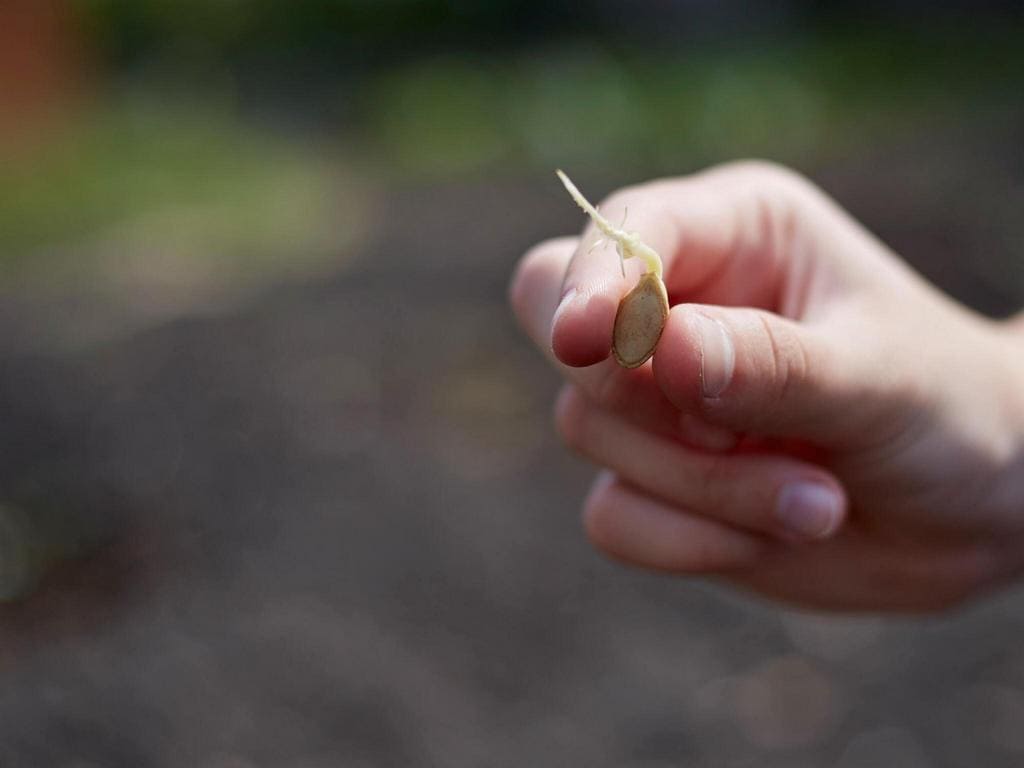
Planting a vegetable garden can be both exciting and rewarding. Nothing compares to the joy of watching seeds sprout. They grow into healthy plants and, in the end, bear tasty fruits or vegetables. But for new gardeners, it can be a time of uncertainty. This is especially true for the smallest details. For example, which way to plant zucchini seeds.
You may be asking yourself: Does seed orientation really matter? The short answer is yes! Believe it or not, how you position your zucchini seeds in the soil can greatly affect their germination rate and success. It impacts how well they grow into robust plants. It’s a small but crucial factor. Many new gardeners overlook it, but it could make all the difference. It’s the difference between thriving zucchini vines with tasty fruits and disappointing harvests.
Before we dive into whether zucchini seeds should be planted up or down, let’s briefly explore why seed orientation matters. Understanding this tiny detail will deepen our appreciation for how nature works. It will also help us garden better.
So grab your trowel and join me as we embark on an insightful journey into the fascinating world of planting zucchini seeds!
Understanding Zucchini Seed Anatomy
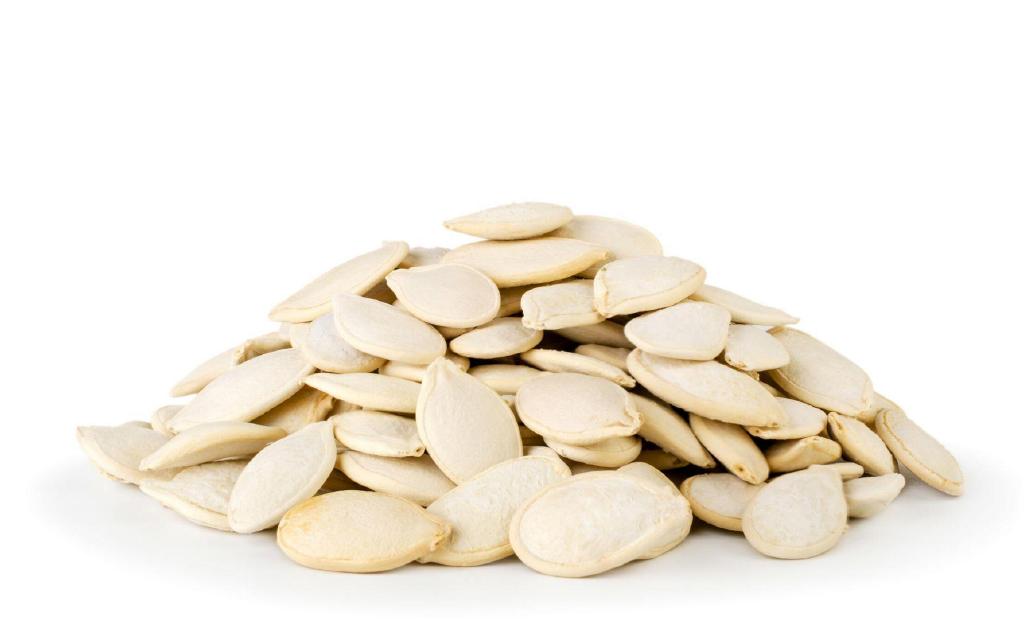
To plant zucchini seeds correctly, you must understand their tiny, complex anatomy. Seeds consist of three main parts: the embryo, endosperm, and seed coat.
The embryo is essentially a baby plant in its earliest stages of development. It contains all the genetic information necessary for growth and has two primary components – the shoot system and root system.
Cotyledons are another crucial part of a seed’s structure. These are special embryonic leaves. They act as energy reserves during germination. They do this until true leaves can develop and start photosynthesis. In most plants, including zucchinis, there are usually two cotyledons present within each seed.
The seed coat serves as a protective layer around these vital internal structures. It shields them from outside threats like pathogens or water loss. It ensures their safe passage into good conditions for germination.
Understanding seed anatomy is key. It will help us see why seed orientation matters. This is crucial for planting zucchini seeds well.
| Also check: Treating Zucchini Blossom End Rot |
Debunking Myths About Seed Orientation
There are numerous misconceptions when it comes to the orientation of seeds during planting. Many gardeners believe that the way a seed is planted, either up or down, can have a significant impact on its growth and development. However, this is simply not true. The orientation of the seed does not affect its ability to germinate or sprout.
One common myth is that planting seeds with the pointed end facing upwards will result in faster and stronger growth. This belief stems from the idea that by placing the pointed tip towards sunlight, the plant will naturally grow towards it. While it may seem logical, research has shown that seeds do not possess a sense of direction in terms of light.
Another misconception is that certain types of seeds need to be planted in specific orientations due to their shape or structure. For instance, some may argue that flat-shaped seeds should be placed horizontally for optimal growth. However, studies have found no correlation between seed shape and planting orientation.
Gardeners must understand that nature designed seeds with a built-in mechanism for germination. It works no matter how they are positioned in soil. Seeds have the genetic info and nutrients needed for initial growth. They have these until they develop roots and start taking in nutrients from soil.
Determining the Correct Orientation: Which Side Should Face Up?
When it comes to planting zucchini seeds, one of the most common questions that beginners have is which side should face up when planting the seed. While it may seem like a small detail, getting this step right can make a significant difference in the success of your plant’s growth. Thankfully, determining the correct orientation is quite simple.
To identify which side of the zucchini seed should face upwards, take a close look at the seed itself. Notice that one end is slightly pointed and more tapered, while the other end is flatter and has a tiny scar where it was attached to its parent plant. The pointed end is known as the top or head of the seed, and this is what needs to be facing upwards when you plant it.
Plant zucchini seeds with their pointed ends facing up. This positions them for optimal growth. This upward tilt makes it easier to access water from above. This water comes from rain or irrigation. Additionally, it helps ensure that once germination occurs. Roots can then reach down into the soil better.
Remember not to press down too hard on top of each planted seed, as this can inhibit proper sprouting by keeping vital oxygen from reaching inside it! To maintain ideal conditions for germination after completing all these steps successfully so far, – making sure they remain moist but not waterlogged throughout their first few weeks post-sowing (keep an eye out!). Your patience will pay off when vibrant green shoots begin appearing within days instead
Benefits of Proper Seed Placement
Placing seeds right is key. This is especially true for their orientation. It can greatly impact the germination rates and early growth of zucchini plants. By placing seeds in the correct position, growers give them the best chance to establish deep root systems and thrive.
One key benefit of planting zucchini seeds is ensuring they get optimal sunlight. This comes from their proper orientation. When planted facing upwards, seeds have a higher chance of breaking through the soil surface quickly and effortlessly. This allows them to access vital sunlight for photosynthesis more efficiently from an early stage. As a result, zucchini plants are better equipped to make the compounds needed for healthy growth. These compounds are rich in energy.
Additionally, proper seed placement helps minimize potential obstacles that could hinder successful germination. Placing seeds facing down may expose them to barriers. These include rocks or hard soil that might block their growth. Positioning seeds upwards reduces these risks. It lets them grow in less obstructed areas where they can freely extend roots and absorb nutrients.
Troubleshooting Common Issues Related to Incorrect Seed Orientation
When planting zucchini seeds, the correct seed orientation is vital. It is key for healthy growth. However, mistakes can occur, leading to several potential problems:
- Delayed or Stunted Germination: Planting zucchini seeds upside down can delay or stunt germination. Seeds struggle to push through the soil correctly, slowing down growth and causing uneven sprouting.
- Poor Root Development: Incorrect seed orientation can lead to poor root development. Zucchini plants need a strong root system to absorb nutrients efficiently. When seeds are planted upside down. Roots may struggle to start. This makes plants more likely to suffer from drought or lack of nutrients.
- Uneven Growth: Incorrect seed orientation can cause uneven growth in zucchini plants. Some seeds may fail to germinate or emerge weakly, leading to an uneven distribution of plants in your garden bed.
- Nutrient Deficiencies: Nutrient deficiencies are a risk for plants with poor root development. This happens due to incorrect seed orientation. Weak roots cannot absorb nutrients well. This hurts plant health and growth.
- Zucchini plants with weak roots get diseases and pests more. Proper seed orientation is crucial to ensure healthy plant development and reduce the risk of disease.
To avoid these issues, ensure that you plant zucchini seeds with the correct orientation. If you encounter problems, like delayed germination or poor roots, fix them fast. This will help healthy plants grow.
Conclusion:
In conclusion, the proper orientation of zucchini seeds when planting is a crucial step that should not be overlooked. This article has explored why seed orientation matters. It can influence the growth of your zucchini plants. Ensure the seeds are planted correctly. The pointed tip should face down. This sets them up to germinate and grow well.
Follow this simple rule. It’s important. It will increase your chances of having healthy, thriving zucchini plants in your garden. Planting seeds with the right orientation lets them use gravity. This makes it easier to reach soil moisture and nutrients. This ensures that they have a strong start and are more likely to develop into robust plants capable of producing bountiful harvests.
Remember: Whether you’re new to gardening or an experienced gardener needing a refresher on seed planting, always plant zucchini seeds tip down. It may seem small. But, it can make a big difference. It can promote growth and boost yields from your zucchini plants. Happy gardening!

